32+ Recycling Statistics and Facts for 2022
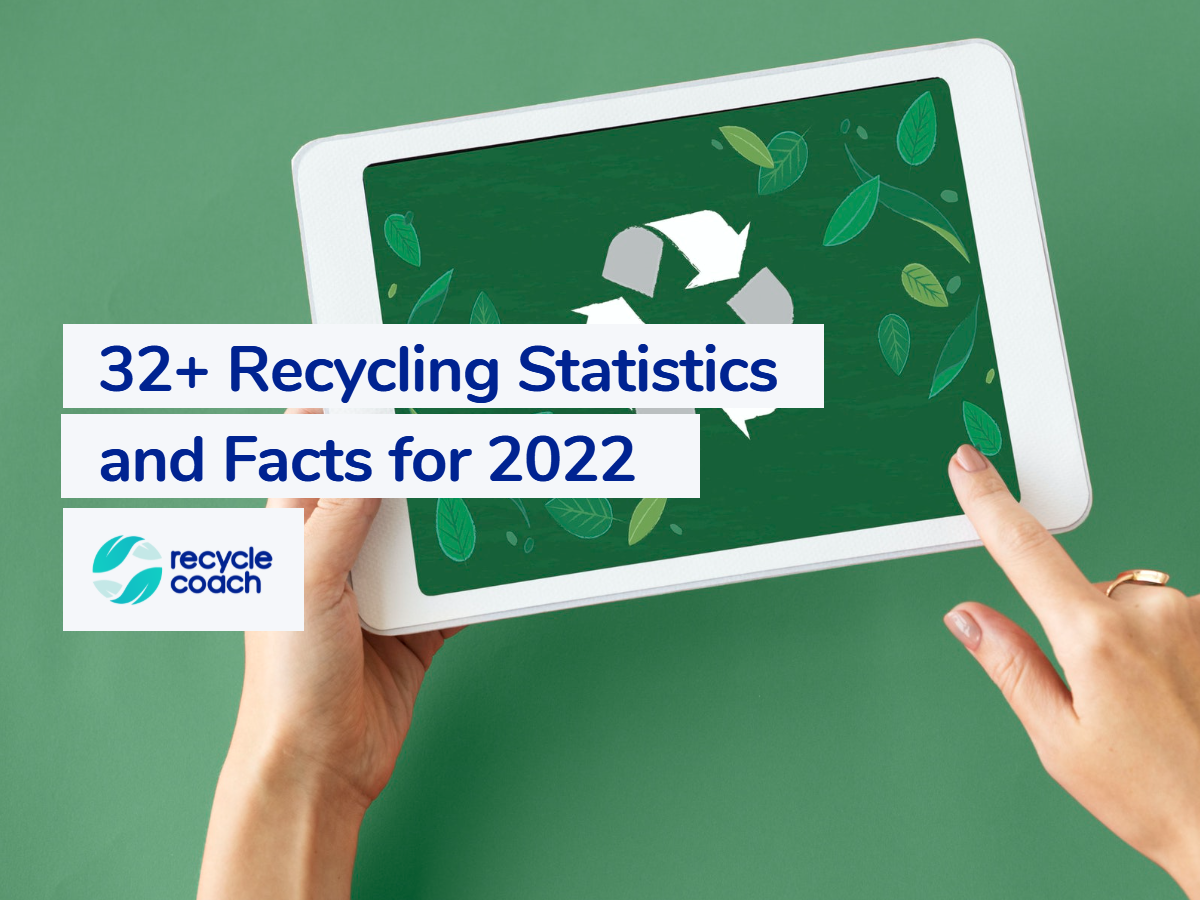
Recycling statistics help municipal leaders make sense of a broad and ever-changing landscape. With this facts and stats list, we can glean insight into which parts of the recycling system need work, where investment makes the most sense, and which models are working best across the nation.
In this ultimate list you’ll find relevant, cited statistics on recycling that will help you be a better municipal leader. We begin with a list of useful stats, then break-down global statistics, federal facts, and state recycling statistics to get an accurate view of the latest EPA data.
Also included is a series of material recycling statistics, focused on the most recycled materials in North America. Before you implement your recycling strategies for 2022, use this list as a resource to brush up on your quantitative inputs.
Take a look at the top recycling statistics and facts below.
- The Most Useful Recycling Facts of 2022
- The Top 7 Global Recycling Statistics
- The Top 3 Federal Recycling Facts (USA)
- 4 Key State Recycling Statistics (USA)
- The Top 8 Material Recycling Statistics (USA)
- What Americans Recycle
The Most Useful Recycling Facts of 2022
Here are some lesser-known facts and stats that have cropped up during our research. For recycling coordinators searching for fresh data to include as they shape new strategies for the year, these will come in handy.
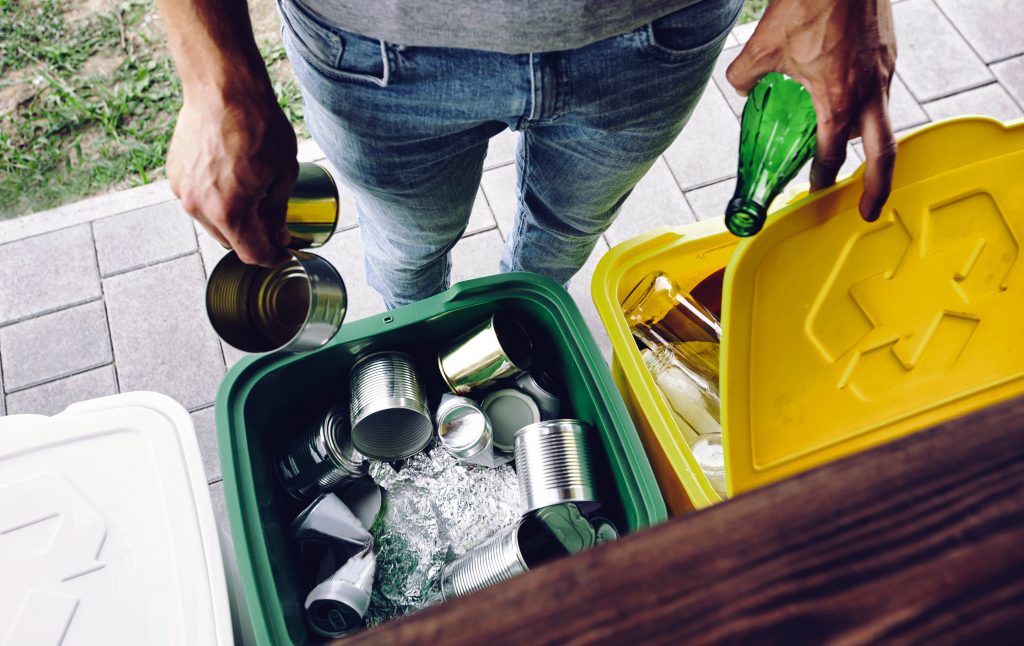
- Only 59% of US households have access to curbside recycling (2019). This means about 70 million homes in the US have easy access to recycling services.
While more than half North America has curbside recycling, it’s clear that a vast opportunity exists to rollout more curbside recycling programs across the continent. With some 120 million households in the US alone, and about 10 million households in Canada – there is still work to be done.
- When at home, Americans recycle paper and plastic bottles more than any other material.
The AF&PA released a study recently stating that 65.7% of paper in the US was recycled in 2020, and corrugated containers had a 90% recycling rate. A ton of recycled cardboard saves about 46 gallons of oil, so the more the better. With so many deliveries going out, this is positive progress.
- The US is the world’s largest plastic creator and polluter. The average person creates about 130 kilograms of plastic waste annually.
Connecting curbside recycling programs with resident recycling education should be a priority this year, to encourage people to recycle more plastic items from home.
- Some 3000 pounds of food per second goes to waste, which means that half of all food is thrown away in North America. It’s also the main material filling up the landfills.
Devise ways to reduce food waste entering the system, and encourage residents to compost the organic waste they create at home.
- According to this study, the amount of waste ending up in landfills is the lowest it’s been since 1960. California has the most landfills, and Michigan has the most trash per capita.
While landfills are receiving less waste, it’s also true that they are overburdened. Many materials take hundreds of years to decompose – so space is incredibly limited. The demand for closed loop recycling systems is greater than ever.
The Top 7 Global Recycling Statistics
What does the global recycling landscape look like right now? Let’s look at how countries are managing their recycling systems, and how it compares to systems back home.
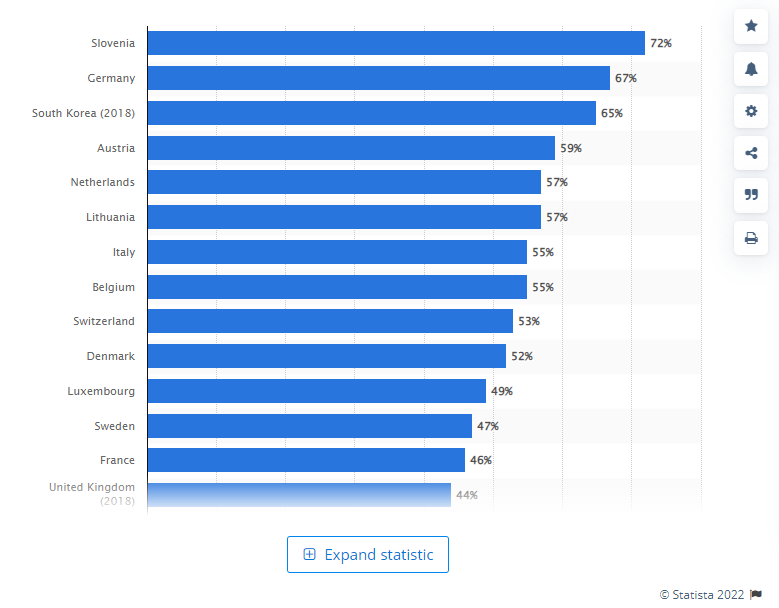
- Slovenia has a municipal recycling rate of 72%, making it the country with the most efficient recycling systems in the world.
This is remarkable considering just 15 or so years ago, Slovenian waste went straight to the landfill. After a total 360, the government set a goal to achieve a 75% recycling rate by 2025 – and they are on track to achieve that goal, making them the example to emulate.
- Germany’s municipal recycling rate is 67%, just 5% less than Slovenia – making it the second-best recycling system in the world.
- In third place is South Korea, with a recycling rate of 65%, just 2% less than Germany and 7% less than Slovenia.
- In places 4-7 are Austria with 59%, the Netherlands with 57% and Lithuania, also with 57%.
- The final three places in the top 10 belong to Italy and Belgium, tied at 55%, and Switzerland with a 53% municipal recycling rate.
All the international countries in the top 10 are recycling more than half of their waste. In terms of resource saving, this means less waste left stagnant in their landfills – and far less greenhouse gasses worsening the climate crisis.
- Globally, 367 million metric tons of plastic was produced in 2020, a 0.3% decrease because of COVID-19.
It’s amazing that even though COVID-19 shut down the world, plastic production managed to remain high. This is a strong indicator that more plastic recycling programs are needed everywhere, including experimental chemical recycling processes.
- 3 billion tons of food is wasted globally every year, which roughly amounts to a third of all food grown for people to eat.
If your local municipality can discover ways to reduce food waste, you will be contributing to one of the largest and most pressing waste issues of our time.
The Top 3 Federal Recycling Facts (USA)
For context, here are a few recycling facts on the federal level.
- There is currently no federal law that enforces recycling in the United States. The US government allows local governments to handle their own recycling legislature.
This gives you the opportunity to enact real change on a local level, if you discover methods that will significantly improve recycling in your municipality.
- The Environmental Protection Agency (EPA) has a national recycling strategy that speaks about the circular economy and how to realize a more cost-effective domestic recycling system.
- The EPA encourages private corporations, federal offices and agencies, state, local and tribal partners to sign the ‘America Recycles Day Pledge.’
The pledge encourages private companies and municipal institutions to work together to solve the mounting recycling crisis. This year, consider partnering with local business to enact real change.
4 Key State Recycling Statistics (USA)
An epic report was released recently that ranked US states according to their recycling rates for key materials, and success in implementing innovative recycling programs. Here are some results.
- The top 3 States with best recycling rates include Maine (72%), Vermont (62%) and Massachusetts (55%).
- The States with the worst recycling rates are West Virginia (2%), Louisiana (4%) and Alaska (6%).
- Among the top 10 recycling States were Oregon, New York, New Jersey, and Iowa.
- Among the bottom 10 recycling States were Texas, Alabama, South Carolina, and Tennessee.
The report found that recycling leaders should prioritize reducing landfill materials that produce the most greenhouse gasses (see our article on green waste priority here).
The findings also pointed out that the quantity of materials collected for recycling, was not the same as the actual amounts processed. Clearly wish-cycling is still a massive problem in the US.
System improvements like curbside programs, deposit return systems and new technologies were critical to recycling infrastructure.
The Top 8 Material Recycling Statistics (USA)
Material recycling rates are on the decline, so it’s important that we understand how specific materials are recycled and how to help residents recycle better. Below are some important recycling statistics to orientate you on the current state of things.
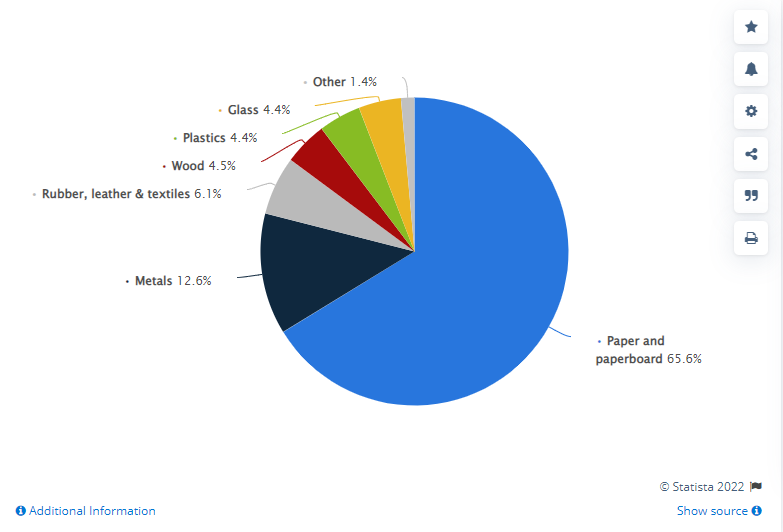
- Between 1990 and 2020, the paper recycling rate improved from 33.5% in 1990, to 65.7% in 2020 – down from a high of 68.1% in 2018. Americans are recycling less paper products.
- 6% of all municipal solid waste recycled in 2018, was paper and cardboard.
COVID-19 impacted the recycling industry in a host of different ways. While many residents recycled more, some statistics (like the one above) show that people weren’t as concerned with recycling as they have been in previous years. Understandable, but not ideal for incremental recycling improvement. How could this be corrected in 2022?
- Metals (12.6%) were the second most recycled material in the US in 2018.
- The most recycled metals as of 2019 include lead (76%), titanium (60%), magnesium (52%) and aluminum (51%).
Scrap metals and cans remain key recycling materials that should be a central focus for all recycling programs this year.
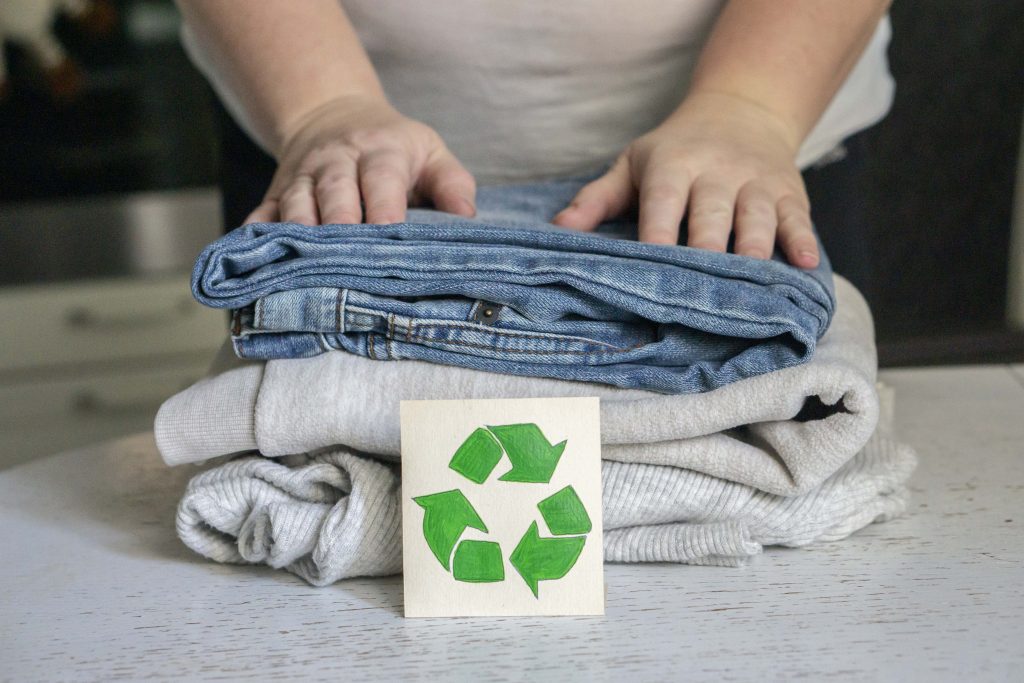
- Rubber, textiles, and leather (6.1%) were the third largest material set, with wood coming in fourth at 4.5%.
- The two least recycled materials were plastics (4.5%) and glass (4.4%)
- The most common plastic resin recycled in the US is PET plastic (980), then HDPE (560) and LDPE (370) coming in third.
- In 2018, only 18.5% of the total PET waste generated in America was recycled.
Stronger plastic recycling practices should be put in place, while other materials like metals and glass become easier to recycle. Adding these to curbside programs or creating greater visibility in communities will help residents know where and how to recycle these materials.
What Americans Recycle
Finally, let’s look at what residents are recycling. These statistics show the behavior of the average American family.
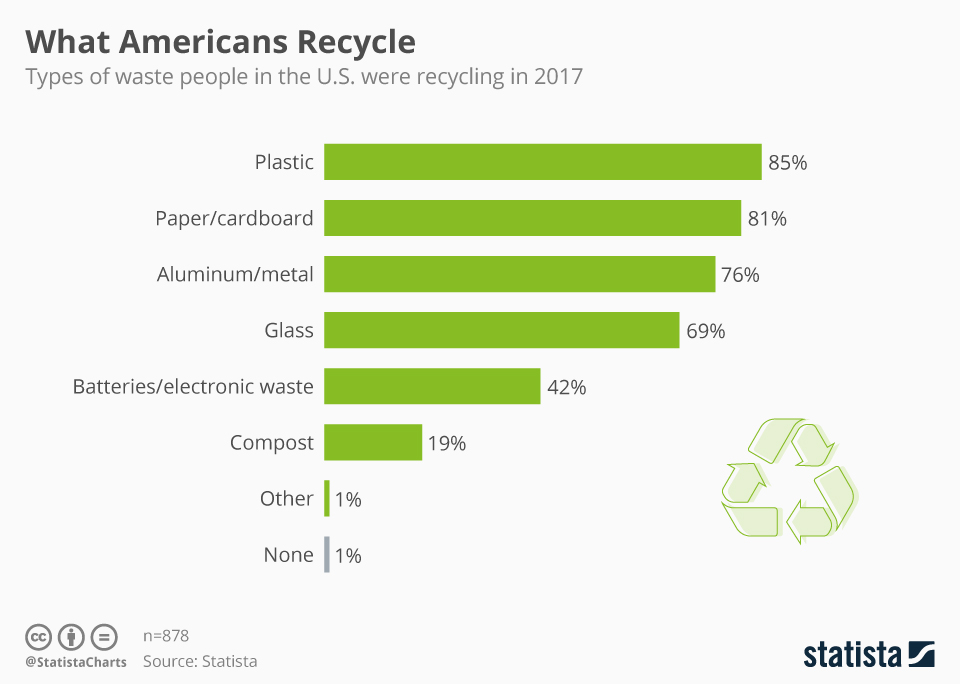
- 85% of what Americans recycle is made up of plastic products.
- 81% of the types of waste recycled is paper or cardboard.
- 76% is metal or aluminum, usually cans.
- 69% of what is recycled is glass.
- 42% of recyclables are considered electronic waste, or e-waste.
- Only 19% of what is recycled is green waste, or compostable.
Based on these recycling statistics, you can see how important infrastructure, visibility and ease-of-use is for keeping residents recycling right. Take a pragmatic look at how your municipality equips your local community with the means to make better recycling decisions.
Draw up plans and funding pitches and find innovative ways to rollout programs that will meet the unique needs of your local municipality. Together with Recycle Coach, you can drastically improve the way people recycle over the next few years.